The Wonders of Mosses: 10 Interesting Facts You Should Know

Introduction
Mosses are one of the most widespread and resilient plants on Earth. These ancient, flowerless plants have adapted to grow in a diverse range of habitats from arctic tundra to tropical rainforests. Their global distribution and long evolutionary history make mosses fascinating subjects of study.
In this article, we will explore 10 interesting facts about the unique biology and ecology of mosses. Understanding more about these small but mighty plants reveals their importance in many ecosystems.
Read on to learn little-known tidbits that illuminate the significance of mosses in the natural world.
1. Mosses are ancient plants
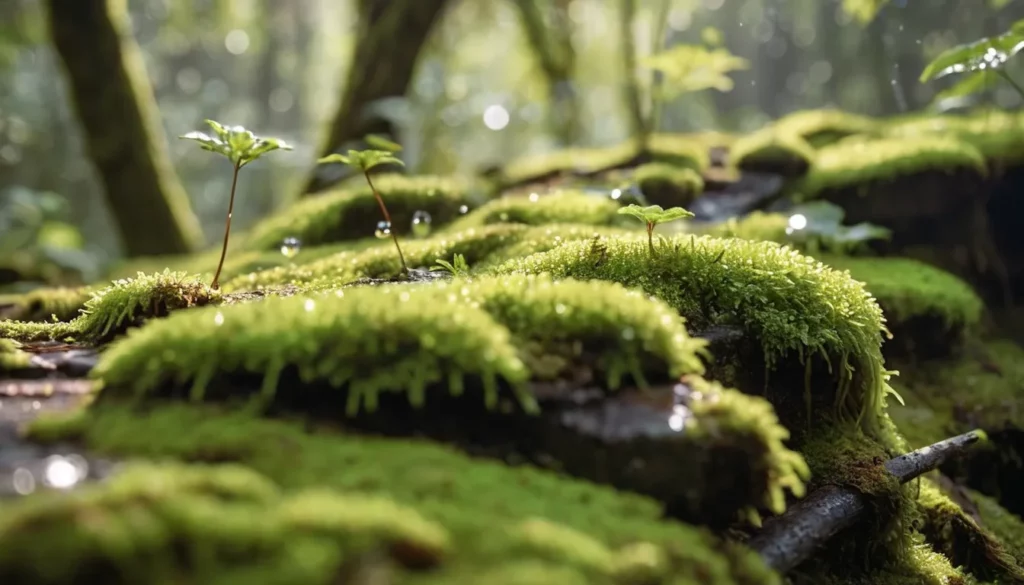
Mosses have existed on Earth for a very long time. The first mosses evolved around 450 million years ago during the Ordovician period. This makes them one of the oldest groups of land plants on the planet[1]. Mosses were one of the first plants to colonize land and have survived major extinction events over millions of years. Fossil evidence shows that ancient mosses were very similar in structure to modern mosses[2].
2. Mosses grow all over the world
There are over 12,000 species of mosses found worldwide, on every continent including Antarctica[3]. Mosses have adapted to grow in a diverse range of habitats from arctic tundra to tropical rainforests. Some mosses even survive in extreme conditions like deserts and alpine regions[4]. The widespread distribution of mosses shows their resilience as plants.
3. Mosses lack true roots, stems and leaves
Unlike vascular plants, mosses do not have a root system, woody stems, or true leaves. They have rhizoids instead of roots that help anchor the moss to the ground or a surface[5]. Their stems are simple and leaf-like structures are only one cell thick. This primitive body structure allows mosses to survive without complex transport systems for water and nutrients[6].
4. Mosses reproduce using spores
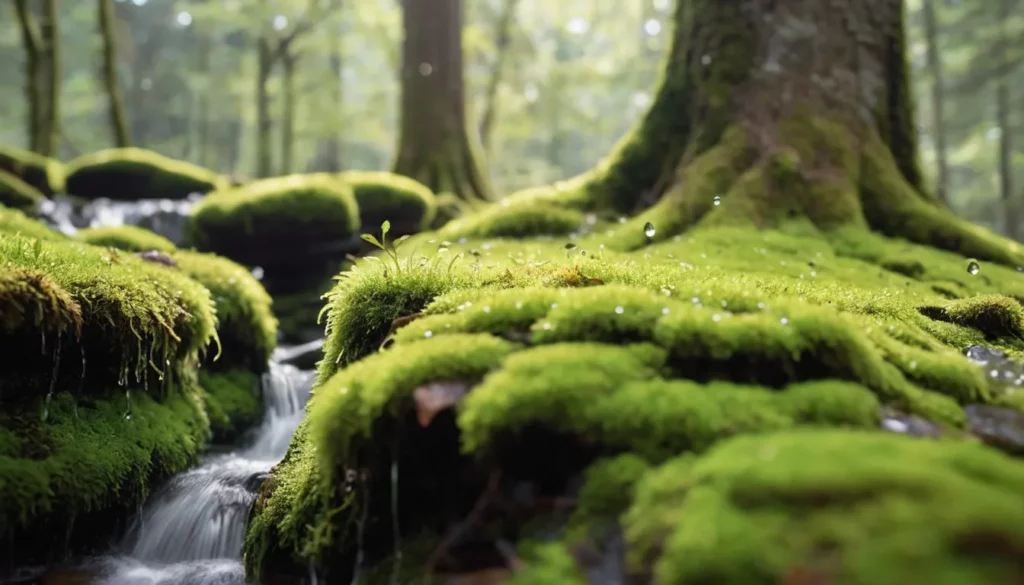
Mosses reproduce sexually using spores, not seeds. The spores are produced in capsules on stalks growing from the tips of male and female gametophytes. When released, the microscopic spores are carried by wind or water to new locations where they can grow into new moss plants.
5. Mosses exhibit an alternation of generations
Mosses undergo an alternation of generations during their lifecycle. The dominant haploid stage is the leafy green gametophyte. The short-lived diploid stage is the sporophyte which grows from the gametophyte after fertilization to produce spores. This is different from the lifecycle of vascular plants.
6. Mosses require water for reproduction
For sexual reproduction to occur, mosses need water. The male gametes or sperm must swim through a film of water to reach and fertilize the egg. Without water, the sperm cannot move and fertilization cannot take place. This dependence on water influences where mosses grow.
7. Mosses stabilize soil and regulate water flow
With their dense, carpet-like growth habit, mosses help to prevent soil erosion on the forest floor or on exposed surfaces like rocks. They also act like sponges, absorbing water and releasing it slowly. This regulates water drainage and soil moisture in their habitats.
8. Mosses indicate pollution levels
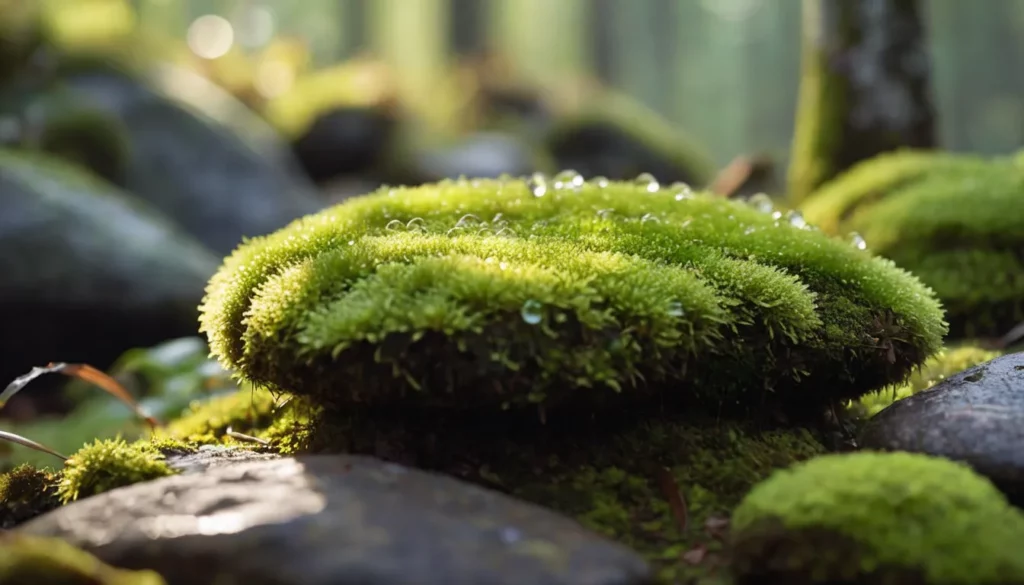
Mosses are highly sensitive to air pollution, especially heavy metal and sulfur pollution. Scientists can use the levels of pollutants absorbed by mosses to monitor the air quality in different regions. Certain moss species have even been used to detect radioactive fallout.
9. Mosses provide clues to climate change
Preserved moss deposits called peat are studied by scientists to learn about past climates. Chemical traces in peat reveal rainfall patterns thousands of years ago. The types of fossilized mosses also indicate climate conditions at different times.
10. Mosses may have medicinal properties
Some species of mosses have been used in traditional medicine. Sphagnum moss was used as a wound dressing due to its absorbent properties. More research is needed, but compounds in mosses may have antibacterial, antiviral, and anti-inflammatory benefits.
Conclusion
In conclusion, mosses are ecologically important plants with unique adaptations that allow them to thrive in many environments. Their long evolutionary history and global distribution show the resilience of mosses over time. Mosses play key roles in soil stabilization, water regulation, pollution monitoring, and climate science.
With further research, mosses may also prove to have increasing value for medicine and environmental biomonitoring. Learning fun facts about these small but ubiquitous plants provides a window into appreciating their significance on Earth.
Mosses have survived for hundreds of millions of years and will likely continue to be one of the most widespread organisms in the future.
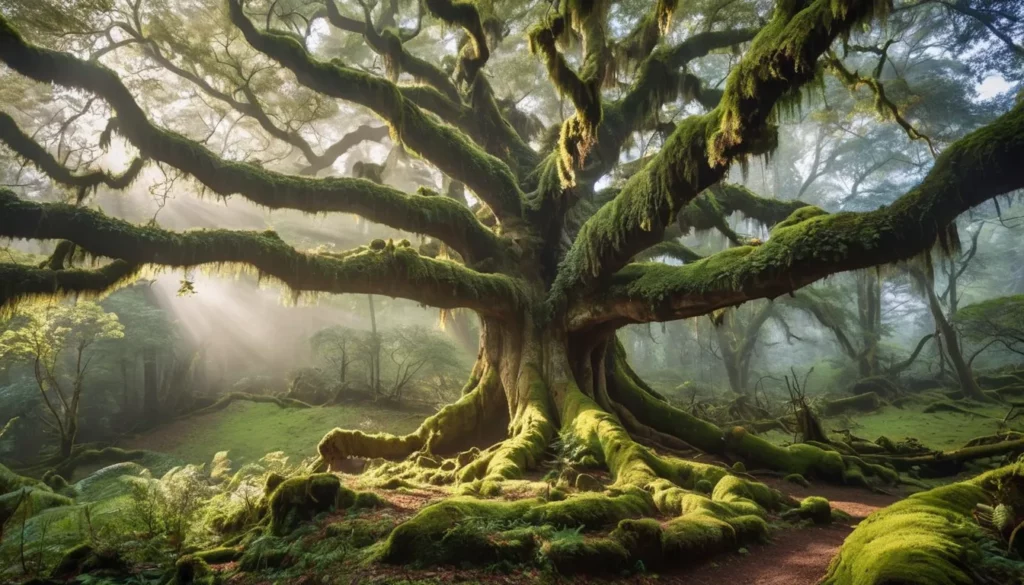
FAQ
How old are mosses?
Mosses evolved around 450 million years ago during the Ordovician period, making them one of the oldest groups of land plants on Earth.
How many species of mosses are there?
There are over 12,000 species of mosses distributed worldwide, found even in Antarctica.
Why are mosses important indicators of pollution?
Mosses are highly sensitive to air pollution, especially to heavy metal and sulfur pollution, making them vital for environmental biomonitoring.
What is the “alternation of generations” in mosses?
Mosses undergo a lifecycle process called the “alternation of generations”, which involves alternating between two distinct phases.
How have mosses adapted over time?
Mosses have unique adaptations that allow them to thrive in diverse environments and have survived major extinction events, indicating their resilience over millions of years.
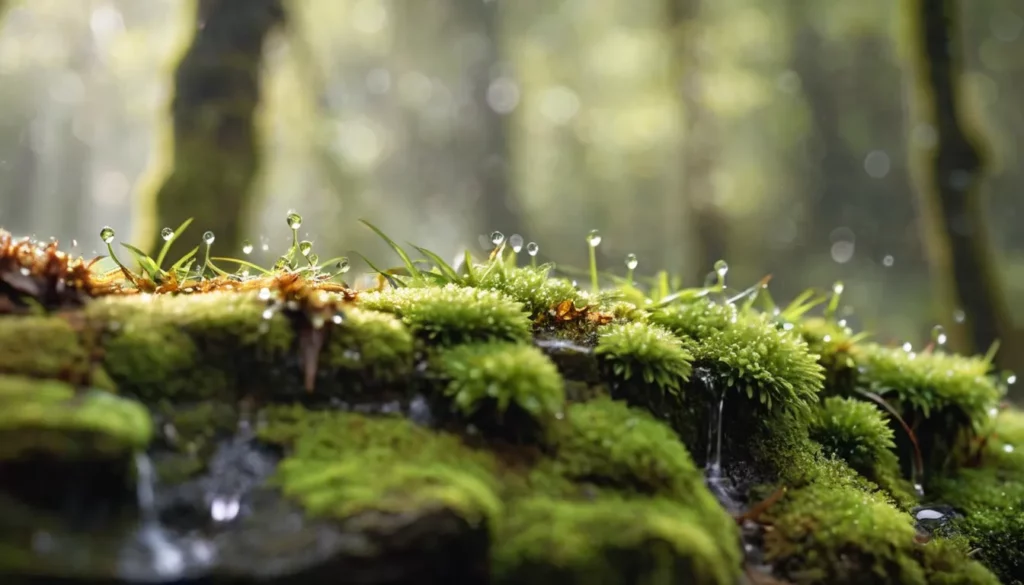
Fact References & Sources:
[1] https://en.wikipedia.org/wiki/Moss
[2] https://byjus.com/biology/moss-characteristics-life-cycle-and-uses/
[3] https://kids.britannica.com/students/assembly/view/162564
[4] https://newsroom.unsw.edu.au/news/science-tech/why-mosses-are-vital-health-our-soil-and-earth
[5] https://www.montananaturalist.org/blog-post/wintertime-moss/
[6] https://www.kew.org/read-and-watch/moss





